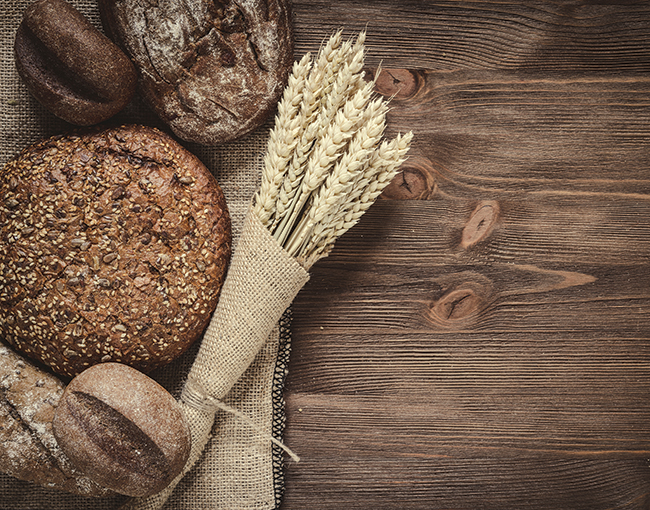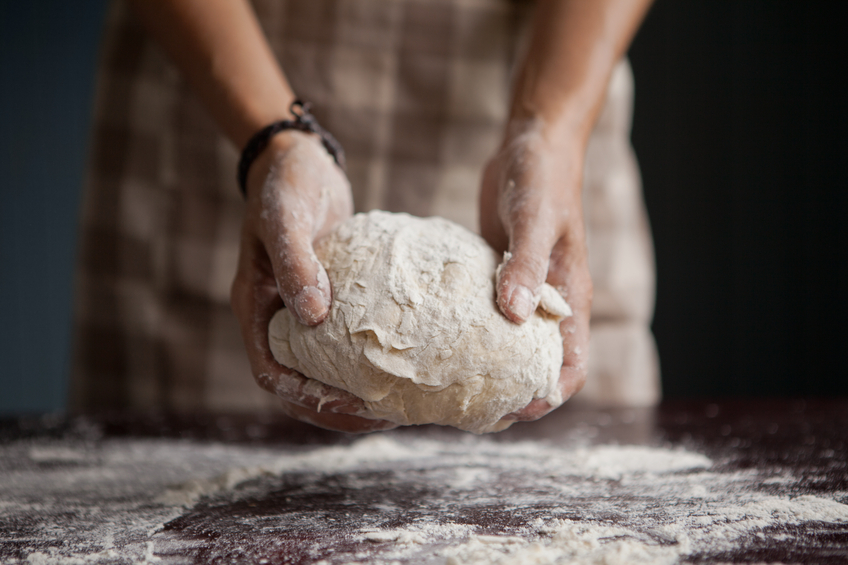Michelle Kickham explores the growing trend of the gluten-free diet and shows us how to avoid the expensive and unhealthy ‘fad foods’…

Unless you’ve been living under a rock for the last couple of years, you’ve probably noticed that ‘gluten-free’ has pretty much taken over the health food industry. Let’s face it, it’s the new fad. There was low-fat, low-carb, high-carb-low-fat-vegan and now it’s gluten-free. It’s everywhere – I’ve even seen gluten-free coconut oil for sale in a health food shop (seriously) – but hey, it sells! That’s the power of a fad.
Everybody wants to go on the gluten-free diet (as a coeliac, this outrages me – why do this to yourself?) – but is it really any better, or healthier? Is it worth the hype that it’s made out to be? Let’s go into some detail on the fad and examine the facts; is gluten bad? Is it always the healthier option? For those of you that know that it’s definitely not always the healthiest option, I’ve got some tips to help you avoid the ‘fad foods’, and make the most of your free-from diet.
Is gluten really bad for us?
This may come as a shock to a lot of you but no, gluten is in no way harmful, inflammatory (unless of course you have coeliac disease), or even highly allergenic. It’s just a protein found in the more widely used grains (wheat, barley, rye, spelt) and despite its recent bad rap, there’s nothing particularly nasty about it. It is true that some people find it difficult to digest (due to its chemical structure), but not that many.

Is it always the healthier option?
Simply put no, not at all. The elimination of anything from your diet is never a good choice – unless required to do so. Apart from that, there are certain things some manufacturers of gluten-free foods must do in order to make up for the lack of gluten in the product. Gluten acts like a glue – it provides structure, stability and texture. When you remove that you have to put something else back in to counterbalance the deficit. The most common, and cheapest way to do this is by adding extra fat (and not those good Omega 3s), sugar, thickeners and stabilisers. The added stabilisers and fat enhance structure, while the sugar counterbalances the bitter taste of most gluten-free flours. Tasty? Yes, very! Healthy? Not really. I’m not saying added sugar and fat is bad all of the time – everything in moderation – but, just because it’s ‘gluten-free’ doesn’t mean it’s the best choice. Just like fat-free and sugar-free aren’t always the healthy option (for the same reasons as above), gluten-free has its downsides – but we have ways around it.
Avoidance
So now that we know that gluten-free doesn’t always mean healthy, here are some tips to help you make the best choices when you do your next shop.

Read the Ingredients!
This is a no-brainer, but there are a few things to keep in mind when reading the ingredients. Keep an eye out for excessive added sugar and fat. Sugar is often ‘hidden’ and listed as corn or rice syrup, dextrose (or almost anything ending in ‘ose’) and evaporated cane juice. Don’t be fooled by raw sugar and organic sugar either – it’s still sugar!
As for added fat, this is easy to spot, and it’s going to be unavoidable in most cases – just do your best to avoid the saturated fats and palm oil, including the popular coconut oil. Yes it is good for you, but as with any fat – in moderation.
Avoid Shopping only in the Free-From aisle
There are numerous products out there that may not be labelled with the gluten-free stamp, but are actually free of gluten and can be quite healthy! Things such as pasta and stir fry sauces, yoghurts and frozen foods are often gluten-free and, because they’re not products of the gluten-free fad, the ingredients lists are usually quite simple and healthy. As an added bonus, they’re much cheaper, too. I’ve seen gluten-free rice cakes on sale in both the free-from aisle and the snack aisle, but they were twice the price in the free-from aisle. They were a different brand, but you get the point!
Avoid falling for the fad
The last, and most important tip I can give you is to not fall into the trap of the gluten-free fad. Yes it’s popular, yes it’s the new ‘cool’ thing to do, but unless you need to remove gluten from your diet, don’t. Not only is it expensive to maintain a gluten-free lifestyle, but it’s also putting you at risk of developing a real intolerance to gluten down the road. Eventually, your body will see gluten as ‘foreign’ and it won’t tolerate it well, so keep this in mind. In addition, removing gluten from your diet also means removing a lot of healthy foods and key nutrients along with it. Keep it simple. Choose wholegrain, limitedly processed foods for the most part, and enjoy the sugary, less-than-healthy foods in moderation, because we’d go insane without a little bit of that, too!
For more information, visit www.lifeliftsandlabcoats.wordpress.com
